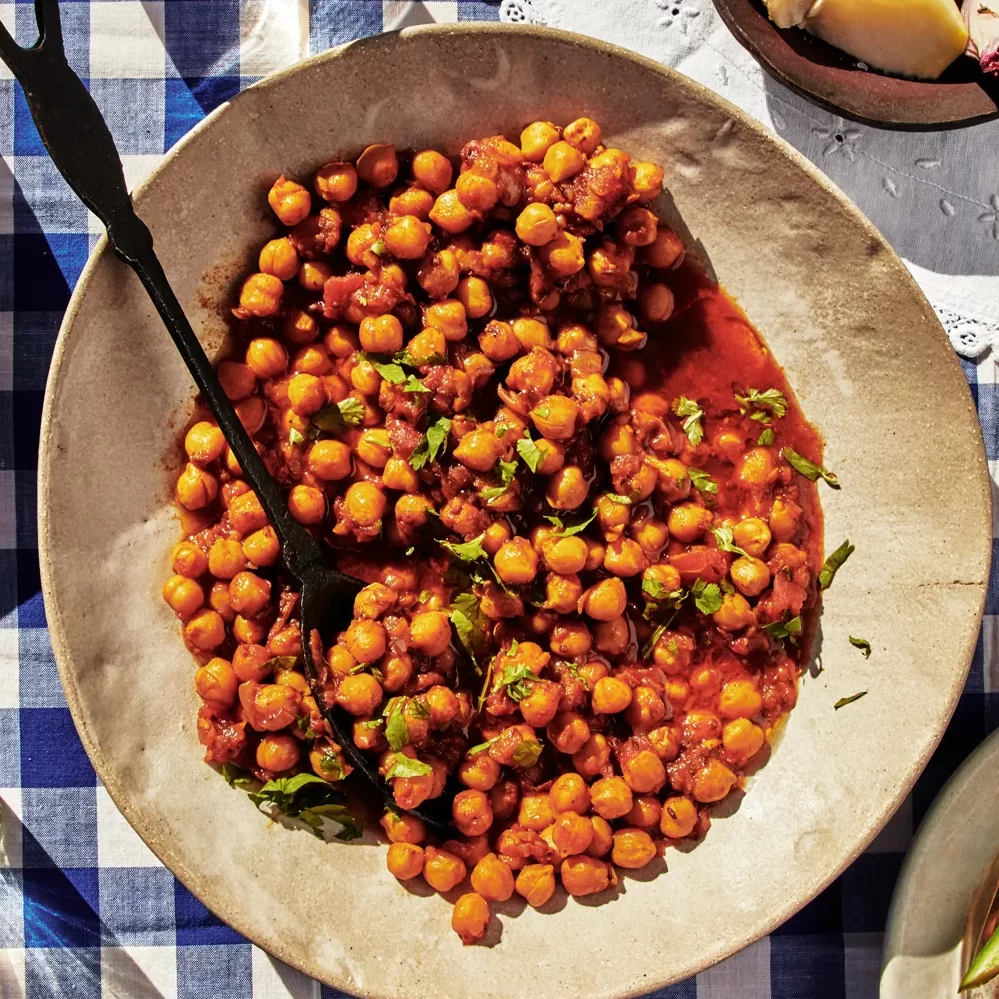Easy and Healthy Dinner Ideas for Busy Lives
Introduction: The Importance of Quick, Nutritious Meals
In today’s fast-paced world, finding time to prepare healthy dinners can seem like a daunting task. However, maintaining a nutritious diet plays a crucial role in overall health and well-being. Easy, healthy dinners provide the perfect solution for busy individuals and families looking to balance their hectic schedules with proper nutrition. These meals offer a way to fuel the body with essential nutrients without spending hours in the kitchen. By incorporating simple, wholesome ingredients and efficient cooking methods, anyone can create delicious and nourishing dinners in minimal time. Moreover, preparing easy, healthy dinner ideas meals at home helps control portion sizes and ingredient quality, leading to better dietary habits.
It also promotes a sense of accomplishment and connection to food that often gets lost in the convenience of takeout or processed meals. Additionally, cooking at home can be more cost-effective than dining out or relying on pre-made meals. As people become more health-conscious and time-constrained, the demand for quick, nutritious dinner ideas continues to grow. This blog post will explore various easy, healthy dinner options, cooking techniques, and meal planning strategies to help readers transform their weeknight dinners into satisfying, healthful experiences.
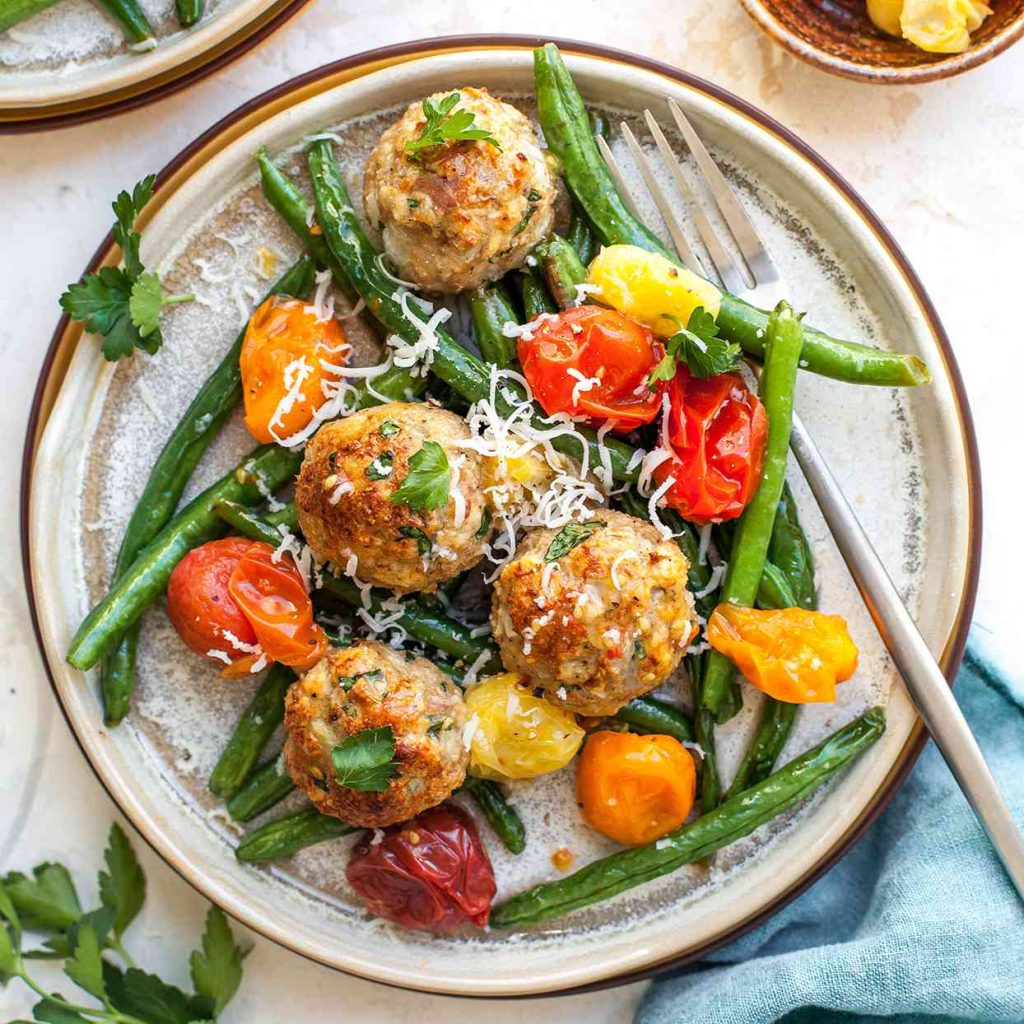
The Building Blocks: Essential Ingredients for Healthy Dinners
Stocking the kitchen with versatile, nutrient-dense ingredients forms the foundation of easy, healthy dinners. Whole grains like quinoa, brown rice, and whole wheat pasta provide complex carbohydrates and fiber. These grains serve as excellent bases for many dishes and offer sustained energy. Lean proteins such as chicken breast, fish, tofu, and legumes supply essential amino acids for muscle repair and growth. Including a variety of colorful vegetables ensures a wide range of vitamins, minerals, and antioxidants.
Leafy greens, bell peppers, carrots, and broccoli are just a few examples of nutrient-packed vegetables to keep on hand. Healthy fats from sources like olive oil, avocados, and nuts contribute to satiety and aid in nutrient absorption. Herbs and spices not only enhance flavor but also offer additional health benefits. Garlic, ginger, turmeric, and cilantro are excellent options for boosting both taste and nutrition. Stocking up on canned tomatoes, low-sodium broths, and frozen vegetables provides convenient options for quick meal preparation. By keeping these essentials on hand, creating healthy dinners becomes much easier and more efficient. Additionally, having a well-stocked pantry reduces the need for last-minute grocery trips, saving time and reducing the temptation to opt for less healthy alternatives.
One-Pan Wonders: Simplifying Healthy Cooking
One-pan meals offer a perfect solution for those seeking easy, healthy dinners with minimal cleanup. These dishes combine proteins, vegetables, and sometimes grains in a single cooking vessel, allowing flavors to meld while simplifying the cooking process. Sheet pan dinners, for instance, involve arranging ingredients on a baking sheet and roasting them together in the oven. This method works well for combinations like lemon herb chicken with roasted vegetables or Mediterranean-style fish with cherry tomatoes and olives. Skillet meals provide another versatile option, allowing for quick stovetop cooking.
A simple stir-fry with tofu, mixed vegetables, and a light sauce comes together in minutes. For a heartier option, a skillet lasagna using whole wheat noodles, lean ground turkey, and plenty of vegetables offers a healthier twist on the classic dish. One-pot soups and stews also fall into this category, simmering ingredients together to create flavorful, nutritious meals. These one-pan wonders not only save time on preparation and cleanup but also tend to be very forgiving, allowing for easy substitutions based on available ingredients. Additionally, cooking everything together often results in dishes with rich, developed flavors, making healthy eating more enjoyable and satisfying.
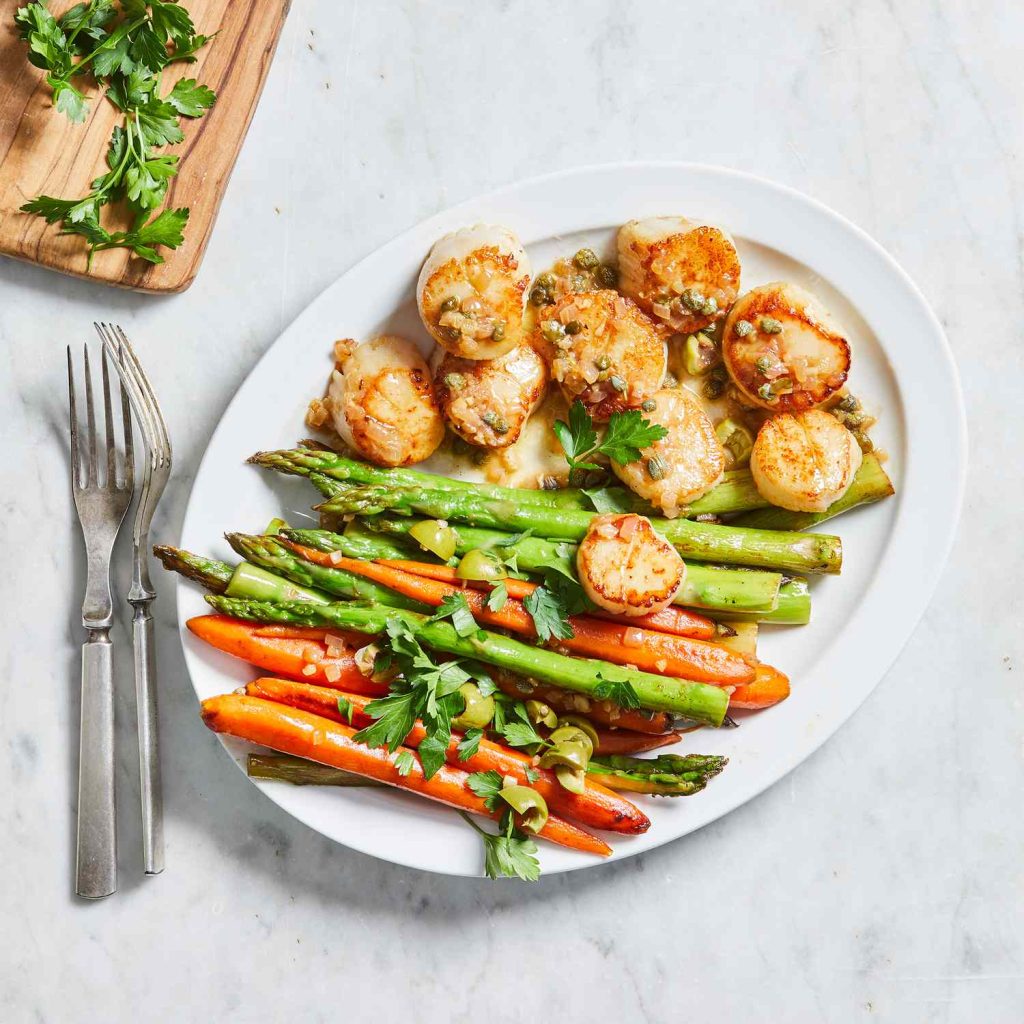
Salads Reimagined: Beyond Boring Greens
Salads often get a bad rap as boring diet food, but with creativity, they can become exciting, satisfying meals. The key lies in reimagining salads as complete dishes rather than mere side orders. Start with a base of mixed greens or heartier options like kale or spinach. Then, add a variety of colorful vegetables for texture and nutrients. Roasted vegetables like sweet potatoes or bell peppers add warmth and depth to salads. Incorporate lean proteins such as grilled chicken, hard-boiled eggs, or chickpeas to make the salad more filling. Healthy fats from avocado, nuts, or seeds contribute to satiety and help absorb fat-soluble vitamins.
Don’t forget about fruit – berries, sliced apples, or citrus segments can add a burst of flavor and natural sweetness. Whole grains like quinoa or farro transform a simple salad into a hearty meal. For dressing, opt for homemade vinaigrettes using olive oil and vinegar or citrus juices. These dressings are healthier than store-bought options and can be customized to personal taste preferences. Experiment with different flavor profiles, such as a Mediterranean-inspired salad with feta and olives or an Asian-influenced version with mandarin oranges and sesame dressing. By thinking of salads as a canvas for combining various flavors and textures, they become exciting, nutrient-packed meals suitable for any night of the week.
Slow Cooker Saviors: Effortless Healthy Meals
Slow cookers prove invaluable for those seeking easy, healthy dinners with minimal hands-on time. These appliances allow for the preparation of nutritious meals with little effort, making them perfect for busy weekdays. To use a slow cooker effectively, simply add ingredients in the morning or before leaving for work, and return home to a fully cooked meal. Lean meats like chicken breast or turkey become tender and flavorful when slow-cooked with vegetables and broth. Vegetarian options such as lentil soup or vegetable chili work equally well in the slow cooker, developing rich flavors over time.
For a balanced meal, include a mix of proteins, vegetables, and sometimes whole grains in the slow cooker. Dishes like chicken and vegetable curry served over brown rice or a hearty minestrone soup with beans and whole grain pasta offer complete, nutritious dinners. The slow cooking process often allows for the use of less added fats, as ingredients simmer in their own juices. Additionally, slow cookers are excellent for batch cooking, providing leftovers for lunches or future dinners. This method not only saves time but also ensures that healthy, home-cooked meals are always available, even on the busiest days.
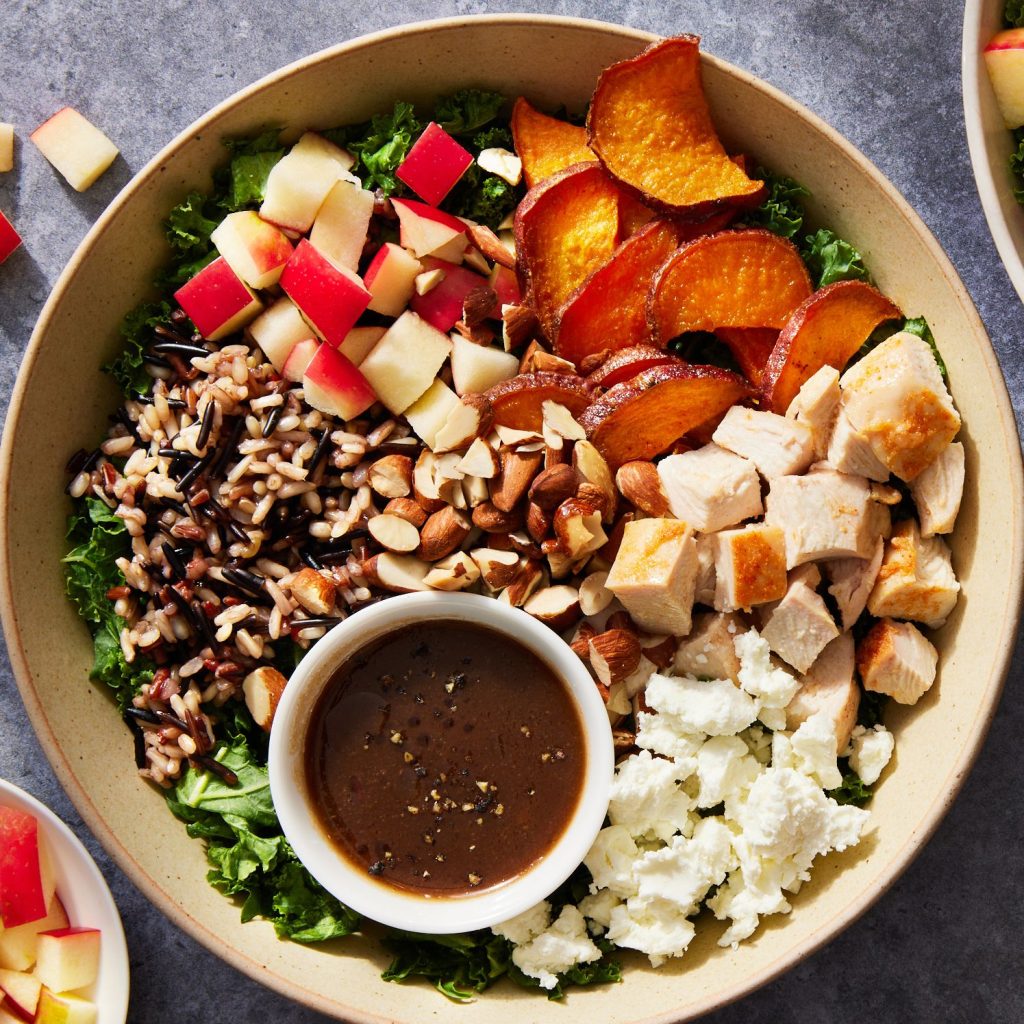
Power Bowls: Customizable Nutrient-Packed Meals
Power bowls have gained popularity as an easy, healthy dinner option due to their versatility and nutritional balance. These customizable meals typically consist of a grain base, lean protein, various vegetables, and a flavorful sauce or dressing. Start with a foundation of whole grains like quinoa, brown rice, or barley, which provide complex carbohydrates and fiber. Next, add a portion of lean protein such as grilled chicken, baked tofu, or salmon for essential amino acids. Load up the bowl with a variety of colorful vegetables – both raw and cooked options work well.
Consider including leafy greens, roasted sweet potatoes, steamed broccoli, or crunchy carrots. Healthy fats from sources like avocado slices, a sprinkle of nuts, or a drizzle of olive oil contribute to satiety and nutrient absorption. For added flavor and nutrition, incorporate fermented foods like kimchi or sauerkraut. Finish the bowl with a tasty, health-conscious dressing or sauce, such as a tahini-lemon drizzle or a light vinaigrette. The beauty of power bowls lies in their adaptability – they can be tailored to individual tastes, dietary needs, and available ingredients. This flexibility makes them an excellent option for families with varying preferences or for using up leftovers. By preparing components in advance, assembling a nutritious power bowl becomes a quick and easy task on busy weeknights.
Quick and Healthy Pasta Dishes: A Comforting Classic Reinvented
Pasta dishes offer comfort and satisfaction, and with a few tweaks, they can become quick, healthy dinner options. Start by choosing whole grain or legume-based pastas, which provide more fiber and nutrients than their refined counterparts. These alternatives come in various shapes and sizes, suitable for different sauce types and preferences. For a simple yet nutritious meal, toss cooked pasta with sautéed vegetables and a lean protein source. A primavera-style dish with seasonal vegetables and grilled chicken or shrimp makes for a colorful, balanced meal.
For a lighter option, create a “pasta” dish using spiralized vegetables like zucchini or carrots, either on their own or mixed with regular pasta. Tomato-based sauces offer a low-calorie option rich in lycopene, while pesto made with basil and nuts provides healthy fats. To boost the protein content without adding meat, incorporate legumes like white beans or lentils into pasta dishes. For creamy sauces, use Greek yogurt or pureed vegetables as a base instead of heavy cream. Remember to control portion sizes, using pasta as part of the meal rather than the main focus. By reimagining pasta dishes with an emphasis on vegetables, lean proteins, and wholesome ingredients, this classic comfort food transforms into a quick and healthy dinner option suitable for any night of the week.
Breakfast for Dinner: Nutritious and Nostalgic
Breakfast foods often make for quick, easy, and healthy dinner options, offering a nostalgic twist to evening meals. Eggs, a breakfast staple, provide an excellent source of protein and can be prepared in numerous ways. A vegetable-packed frittata or omelet makes for a satisfying and nutritious dinner. Whole grain toast topped with mashed avocado and a poached egg offers a simple yet balanced meal rich in healthy fats and proteins. For a heartier option, whole grain waffles or pancakes can be paired with Greek yogurt and fresh berries, providing a mix of complex carbohydrates, protein, and antioxidants.
Oatmeal, typically associated with mornings, can be transformed into a savory dinner by cooking it with broth and adding vegetables and a lean protein source. Breakfast burritos, made with whole wheat tortillas, scrambled eggs, black beans, and salsa, offer a filling and nutritious meal any time of day. Even a simple smoothie bowl, topped with granola and sliced fruit, can serve as a refreshing and healthful dinner option. The versatility of breakfast foods allows for easy customization based on nutritional needs and preferences. Additionally, many breakfast items can be prepared quickly, making them ideal for busy evenings when time is limited. By thinking outside the traditional dinner box and embracing breakfast foods, individuals can add variety to their meal routines while maintaining a focus on health and nutrition.
International Flavors: Healthy Dinners from Around the World
Exploring international cuisines offers a wealth of options for easy, healthy dinners while adding excitement to meal routines. Many traditional dishes from around the world naturally incorporate a balance of proteins, vegetables, and whole grains. Mediterranean-inspired meals, known for their health benefits, might include Greek salad with grilled chicken or a vegetable-rich ratatouille served with whole grain couscous. Asian cuisines offer numerous quick and nutritious options, such as stir-fries loaded with colorful vegetables and lean proteins, or miso soup with tofu and seaweed. Indian dishes like dal (lentil curry) paired with brown rice provide a protein-rich, plant-based meal full of aromatic spices.
For a Mexican-inspired dinner, try fish tacos with cabbage slaw on corn tortillas or a burrito bowl with brown rice, black beans, and plenty of vegetables. Middle Eastern cuisine offers options like tabbouleh salad or shakshuka, a dish of eggs poached in tomato sauce. These international dishes often rely on herbs and spices for flavor rather than excessive fats or salt, making them both tasty and health-conscious choices. Additionally, exploring global cuisines can introduce new ingredients and cooking methods, expanding culinary horizons and preventing mealtime boredom. By incorporating international flavors into the dinner rotation, individuals can enjoy a diverse, nutritious diet that keeps both taste buds and bodies satisfied.
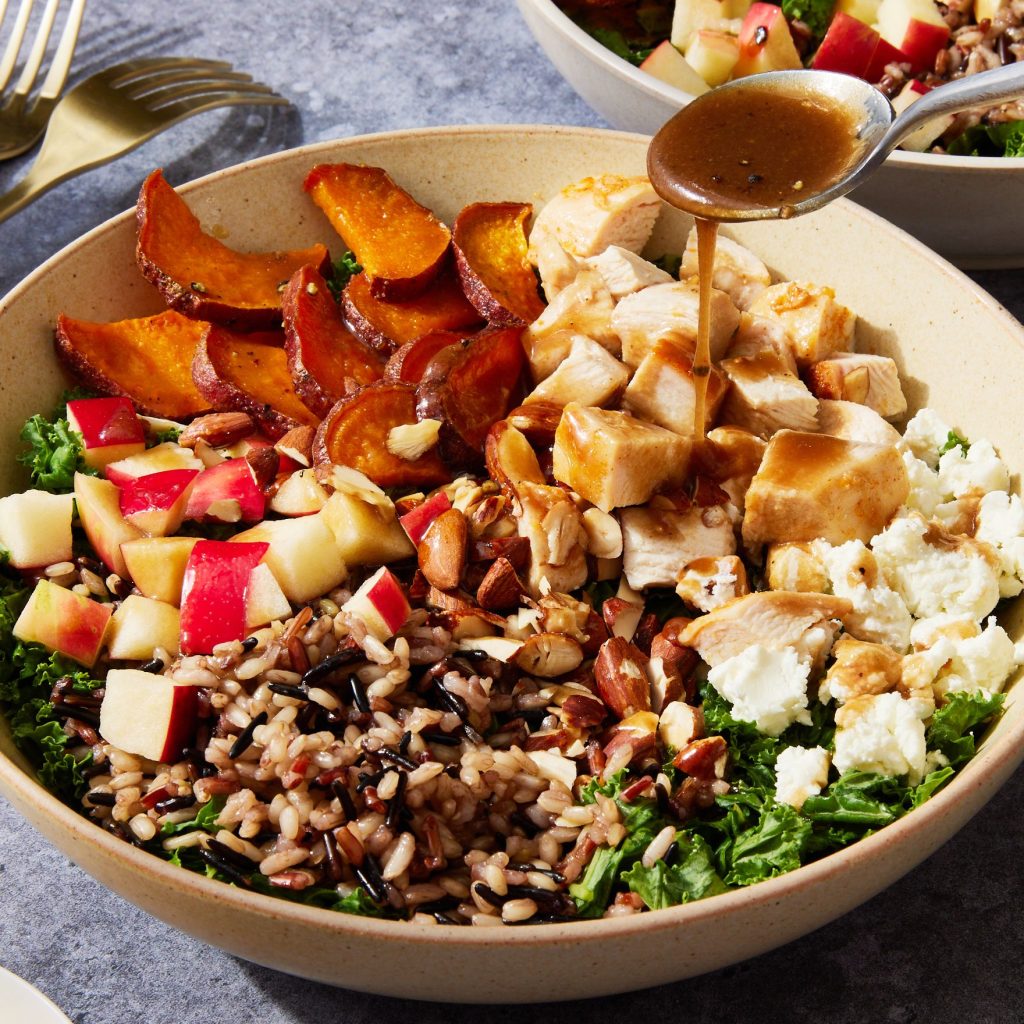
Meal Prep Strategies: Setting Up for Weekly Success
Implementing effective meal prep strategies can significantly simplify the process of creating easy, healthy dinners throughout the week. Start by dedicating a few hours on a less busy day, such as Sunday, to prepare key components for upcoming meals. This might involve cooking large batches of whole grains like quinoa or brown rice, which can be stored in the refrigerator and used as bases for various dishes. Chop a variety of vegetables in advance, storing them in airtight containers for quick access during weeknight cooking.
Prepare lean proteins such as grilled chicken breast or baked tofu, which can be easily added to salads, stir-fries, or grain bowls. Make large batches of versatile sauces or dressings that can be used to flavor different meals throughout the week. Consider partially preparing some meals, such as assembling casseroles or marinating meats, so they’re ready to cook on busy evenings. Invest in quality food storage containers to keep prepped ingredients fresh and organized. Create a meal plan for the week, taking into account schedules and nutritional needs. This planning helps with grocery shopping, reducing food waste and impulse purchases. By front-loading the effort, meal prep strategies save time and reduce stress during the week, making it easier to stick to healthy eating habits even on the busiest days.
Conclusion: Embracing a Healthier, Hassle-Free Dinner Routine
Incorporating easy, healthy dinners into daily life doesn’t require culinary expertise or hours in the kitchen. With a bit of planning, some basic cooking skills, and a willingness to experiment, anyone can create nutritious, delicious meals efficiently. The key lies in finding a balance between convenience and nutrition, utilizing time-saving techniques while prioritizing whole, unprocessed ingredients. By stocking the kitchen with versatile, healthy staples and employing strategies like one-pan cooking, slow cooker meals, and strategic meal prep, preparing wholesome dinners becomes a manageable task even on the busiest days. Remember that healthy eating is a journey, not a destination.
It’s okay to start small, gradually incorporating more nutritious options and cooking techniques into the routine. The benefits of consistently enjoying easy, healthy dinners extend beyond physical health, contributing to improved energy levels, better mood, and a sense of accomplishment. Moreover, preparing meals at home allows for greater control over ingredients and portion sizes, supporting overall health and wellness goals. As this healthier dinner routine becomes habitual, it can inspire a ripple effect, positively influencing other aspects of life and potentially inspiring friends and family to adopt similar habits. By embracing these strategies and ideas for easy, healthy dinners, individuals and families can nourish their bodies, satisfy their taste buds, and simplify their lives – one delicious meal at a time.
